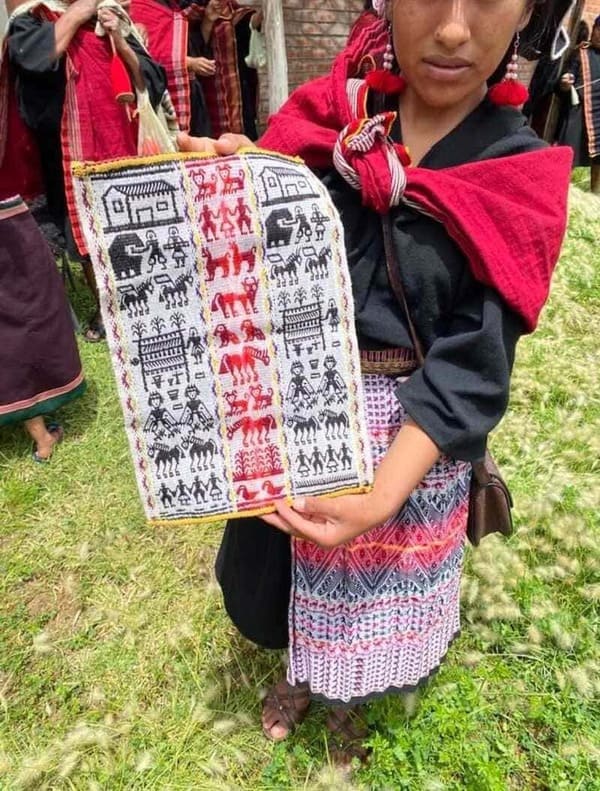Bolivia, a country rich in culture and tradition, boasts a diverse range of handicrafts and clothing that reflect its vibrant heritage. Among the most notable are the intricate works of the Aymara people, the distinctive attire of Sucre, and the unique masks of Chiquitania. These elements not only represent the artistic prowess of their creators but also serve as a testament to Bolivia’s deep-rooted cultural identity.
Aymara Handicrafts and Clothing
The Aymara people, indigenous to the Andean region of Bolivia, are renowned for their exquisite handicrafts and traditional clothing. Their artistry is evident in the vibrant textiles they produce, which are woven using techniques passed down through generations. Aymara textiles are characterized by their bold colors and intricate patterns, often incorporating symbolic motifs that tell stories of their ancestry and cosmology.
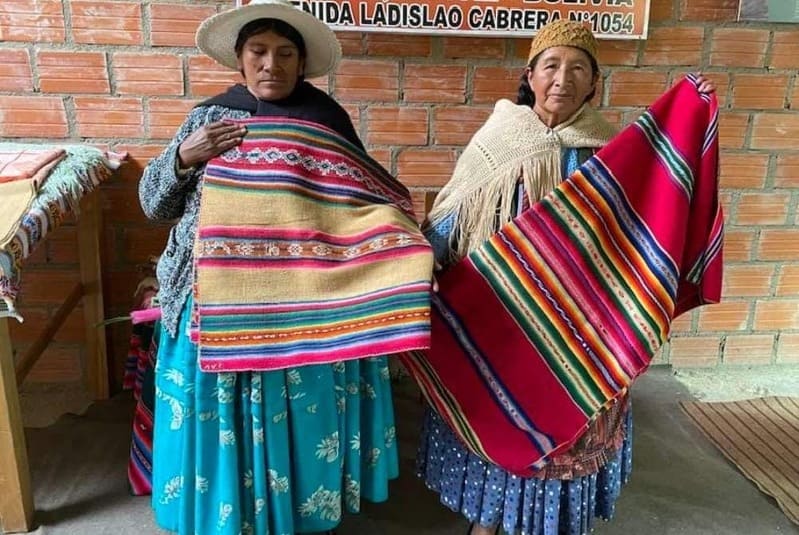
The creation of these textiles involves a meticulous process where artisans spin, dye, and weave the wool into beautiful fabrics. The Aymara people are renowned for their intricate fabric crafts, which prominently feature the use of natural dyes. These dyes are derived from a variety of organic sources, including plants, insects, and minerals, each imparting vibrant and lasting colors to the textiles. The dyeing process is an art form in itself, involving traditional techniques that have been passed down through generations. Natural dyes not only enhance the aesthetic appeal of Aymaran textiles but also reflect a deep connection to the natural environment, showcasing the sustainable and eco-friendly practices of Aymara artisans.
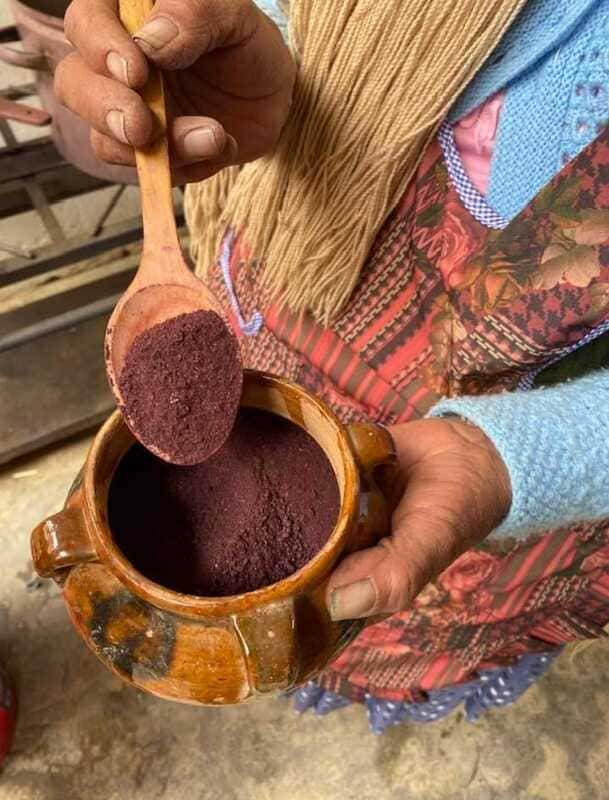
The Traditional Attire of Sucre
Sucre, Bolivia’s constitutional capital, is another hub of traditional Bolivian clothing. The city’s clothing style is influenced by both indigenous and colonial heritage, resulting in a unique blend of fashion. One of the standout garments from Sucre is the mantilla, a lace or silk shawl that women drape over their shoulders. This elegant piece is often worn during religious and cultural ceremonies, symbolizing grace and tradition.
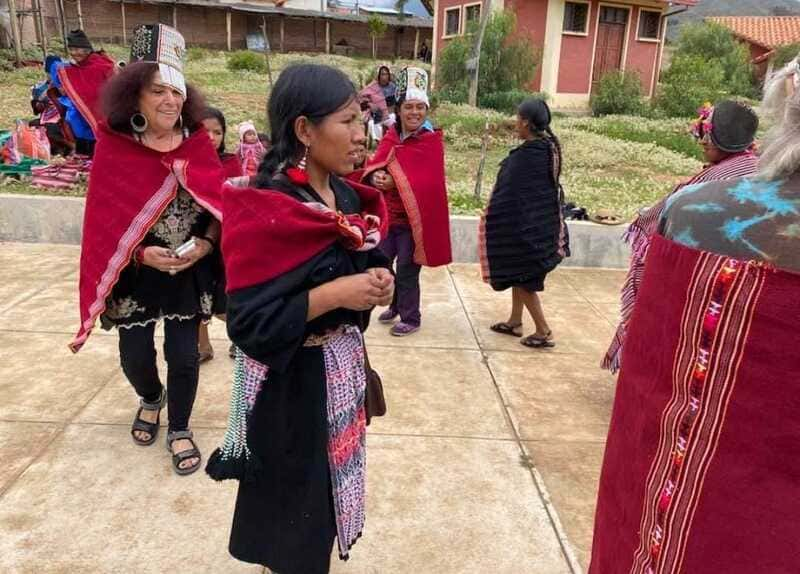
Men in Sucre typically wear the poncho, a versatile piece of clothing made from wool or alpaca fiber. The poncho serves as both protection against the elements and a display of cultural identity, often featuring regional patterns and colors that distinguish different communities.
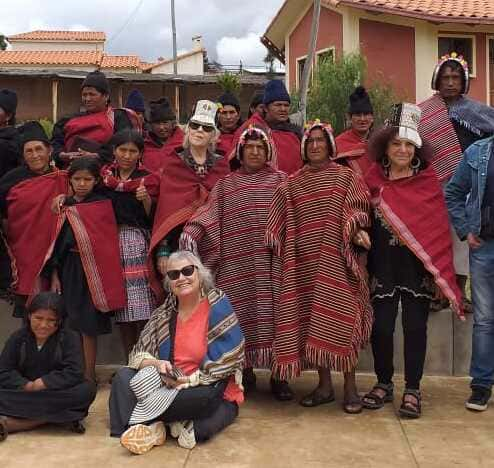
Chiquitania Masks
In the eastern lowlands of Bolivia lies Chiquitania, a region known for its vibrant festivals and the creation of stunning masks. These masks are integral to various traditional dances and ceremonies, particularly during the region’s famous Jesuit Missions festivals. Crafted from wood, these masks are intricately carved and painted, depicting animals, mythical creatures, and exaggerated human faces.
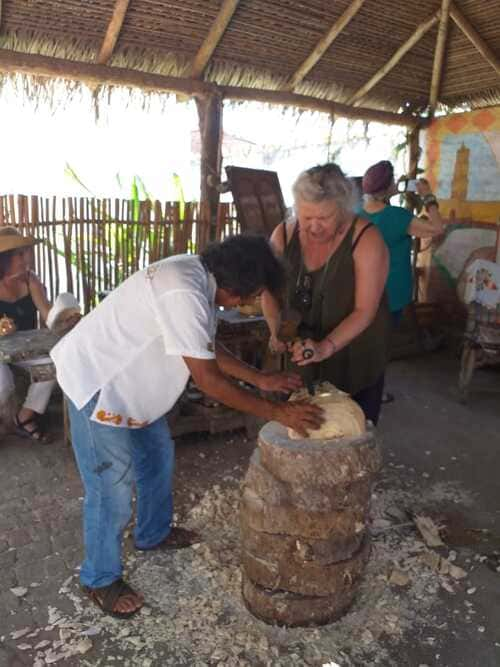
The process of making Chiquitania masks involves skilled craftsmanship where artisans use locally sourced wood, typically cedar or mahogany. After carving the basic shape, they paint the masks with vivid colors, adding details that bring the characters to life. These masks not only play a crucial role in cultural festivities but also represent the rich artistic heritage of the Chiquitano people.
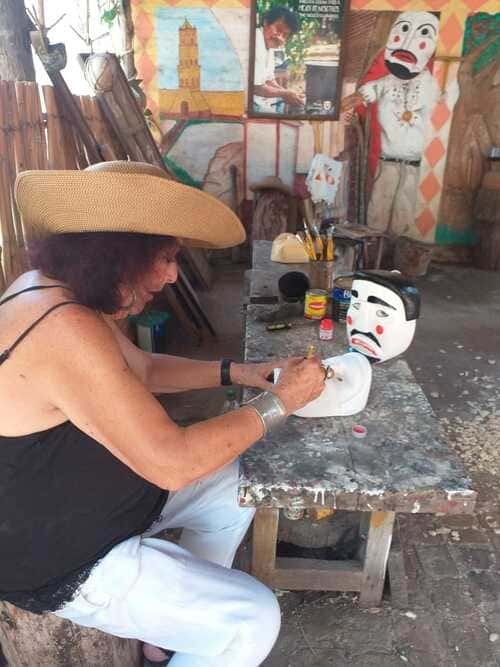
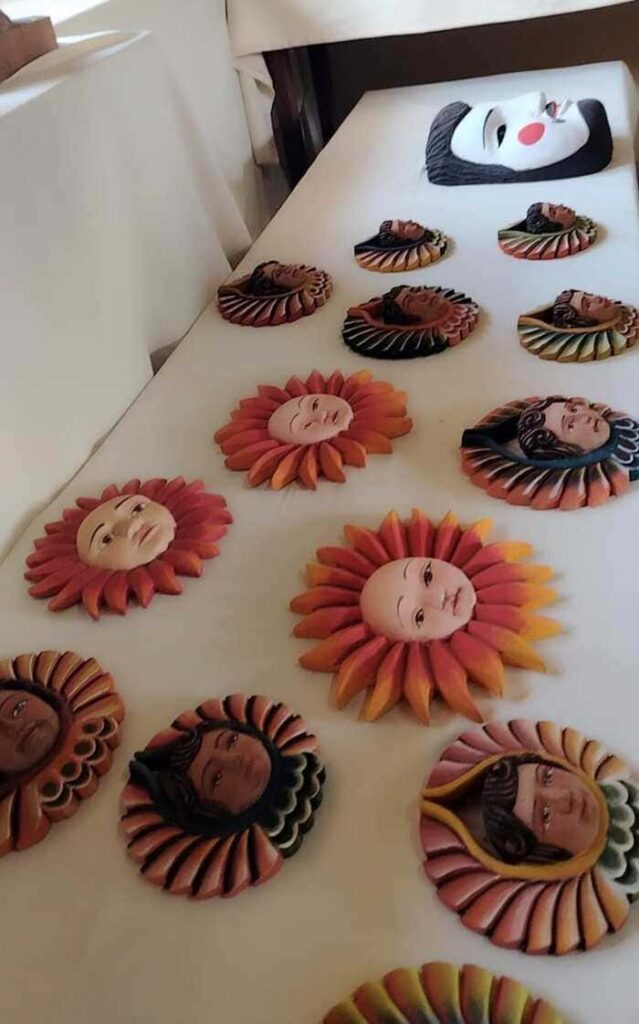
The Impact of Community Tourism: The Case of Puka Puka
An exemplary model of preserving and promoting Bolivian handicrafts and traditions is the community tourism project in Puka Puka, a village in the Yampara nation. This initiative, known as Ticof (Turismo Integral Comunitario Familiar), aims to maintain and strengthen the cultural roots of the Ayllu Puka Puka through sustainable tourism.
The project offers visitors an immersive experience, showcasing the traditional crafts, cuisine, music, and medicinal practices of the Yampara people. Tourists can learn how to weave textiles, prepare native dishes, and understand the uses of natural remedies, all while staying with local families. This initiative not only provides economic benefits to the community but also fosters a deeper appreciation for Bolivia’s cultural heritage among visitors.
Bolivian Handicrafts
Bolivia’s handicrafts and clothing are a vibrant expression of its rich cultural heritage. From the Aymara textiles and the traditional attire of Sucre to the artistic masks of Chiquitania, each piece tells a story of the country’s diverse history and traditions. Community projects like Ticof in Puka Puka further highlight the importance of preserving these cultural practices, ensuring they continue to thrive for future generations. Through these efforts, Bolivia’s artisanal legacy remains a living, breathing part of its national identity.
If you want to visit and learn more about these marvelous handicrafts and attires, contact with Outdoor Xpeditions here.

